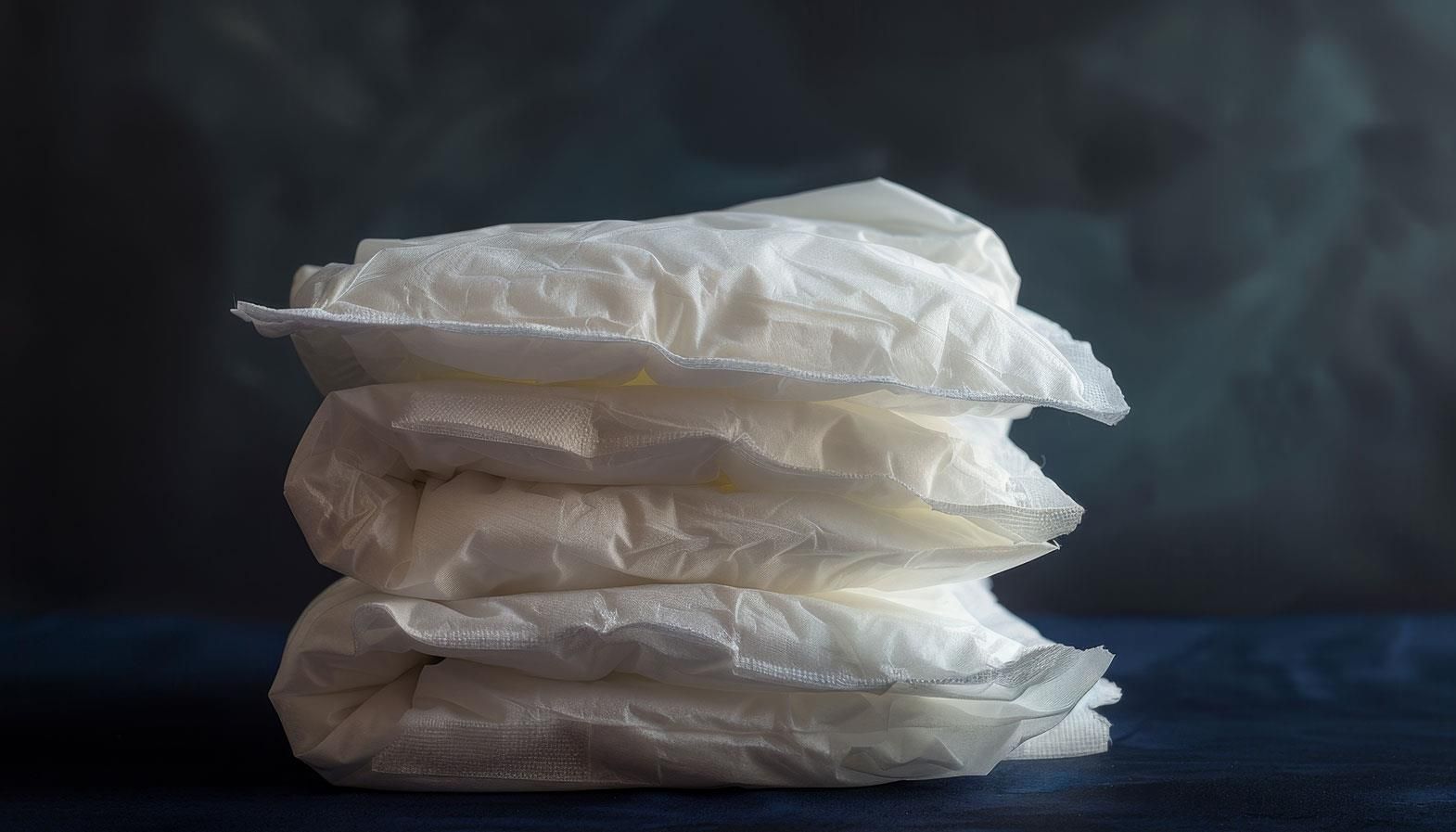Harking back in the apparel industry, the first observation would be the innovations that have changed the world of textile in the last decade or so. Despite gallantly making progress in the right direction, the apparel industry is not ready to rest on its laurels. With each passing day, there are innovations being reported from the industry, and these innovations are being accepted and appreciated by customers worldwide. The apparel industry has faced challenges undaunted, and the result of this is the introduction of newer fabrics that have managed to change the way the apparel industry functions.
In order to improve the performance of the fabric, the apparel industry has whole-heartedly accepted nonwoven fabrics. Nonwoven fabrics are web structures that are bonded together through intertwined fibers or filaments mechanically, thermally, or chemically. Nonwoven fabrics include fabrics that are not woven or knitted, such as felt, and such fabrics do not require converting the fibers into yarn. In most cases, nonwoven materials are densified or reinforced by backing to strengthen them. Nonwovens have also become an alternative to polyurethane foam. Usually, a certain percentage of recycled fabrics and oil-based materials are used in nonwoven fabrics, and the quantity depends on the strength the fabric needs. Nonwoven fabrics are considered eco-friendly, as they can be recycled after use, provided they are treated and processed properly.
There are different processes for making nonwoven fabrics. Wet-laid nonwoven fabrics account for the largest portion of the nonwoven fabric industry. The production process for wet-laid nonwoven fabrics is similar to that of producing paper. Staple fibers, water, and other raw materials are turned into a slurry, similar to pulp. The liquid is then removed, and the remaining substance is dried in an oven. The final residue is used to make various products, including apparel, medical packs, and filters. This segment of the nonwoven industry has seen an increase in demand, primarily at the expense of another nonwoven category, spunbonded nonwoven fabrics.
Nonwoven has found a respectable place in apparel industry and today, several clothes that are available in market have something that concerns nonwoven fabric. The exercise wear, sneakers, fire fighters' or SWAT teams' uniforms all involve nonwoven fabric. The benefits of nonwoven fabric are many. For e.g. nonwoven fabrics in exercise wear can keep the moisture away from body, thus maintaining the normal body temperature of the wearer.
Bulletproof vests, fire fighting suits and military apparel employ nonwoven fabrics. These fabrics make breathability possible, help in water resistance, have fire-resistance quality, good durability and are also cost-effective. The cuffs and collars of the shirt are stiff because of the nonwoven fabrics. The capes and wraps used by the dentists and also in the restaurants involve nonwoven fabrics. Imitation furs, gloves, gloves liners, medical and surgical apparel, outerwear, workout wear, swimwear, protective clothing, shoe insoles, sleepwear, shoulder pads and also the innerwear comprise nonwoven fabric.
The benefits that the nonwoven fabrics offer are immense in comparison to the conventional fabrics, the clearest advantage is cost savings. Nonwovens have made an astonishing progress in fashion apparel. Recently many patterns of fashion garment are developed by using the newly developed nonwoven fabrics. Unlike woven and knit fabrics, nonwovens do not tangle; therefore this makes it easy to incorporate shaped hemlines into the garment design. Seams within the garment also do not require finishing. Nonwoven fabrics are easy to cut and offer a wider range of design than woven fabrics.
The nonwovens industry is developing at a swift pace. These fabrics have been evolved as environment friendly and with the sky-rocketing prices of petro-based raw materials like polyester, nonwovens are an obvious favourite. There are softer, lighter, recyclable, less expensive and eco-friendly versions of nonwovens. Some companies have even come up with nonwovens that contain at least 50 percent renewable material. Apart from the normal manufacturing of nonwovens, there are various blends also being used by the apparel industry. Some of the nonwoven fabrics, developed with various fibres and value addition cotton-polyester blended nonwoven fabric, polyester nonwoven fabric, silk nonwoven fabric, wool nonwoven fabric and polyester durable nonwoven fabric.
The nonwoven fabrics with decent flexibility are suitable for making everyday wear like shirt and coat. These fabrics are believed to be the ideal garment material, supported by the fact that they offer personal comfort, good mechanical, strength and beauty. As the properties of nonwoven embraces lower tensile strength as well as robustness, it proves to be useful for the apparel industry.
At present, many research and development are being conducted to improve the characteristics of nonwoven fabrics so that they can be converted into usable, customised garment for the high tech applications like medical, intelligent textiles, smart textiles etc. The nonwoven industry is focusing on non-durable range of clothing. As per the statistics provided by Rieter, out of total nonwoven fabrics only 1 percent is utilised for apparel application.
The annual sales of nonwoven fabrics globally would go up by 6.9 percent, reaching 9.3 million metric tons in 2015. It is also anticipated that emerging markets will surpass the US, Western Europe and Japan in terms of market gains. Spunmelt nonwovens will remain the largest segment. The 6.7-million-metric-ton world of nonwoven industry has miles to go. However, the success of the industry will depend largely on the innovations in the fabric.
References:
1. Inda.org
2. Wikipedia.com
3. Nonwoven-industry.com
4. Indiantextilejournal.com
5. Freedoniagroup.com








Comments